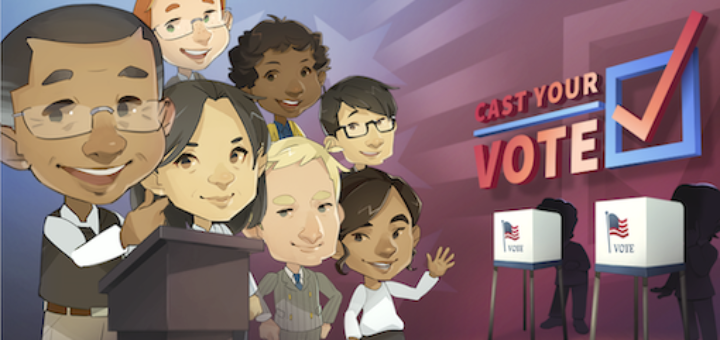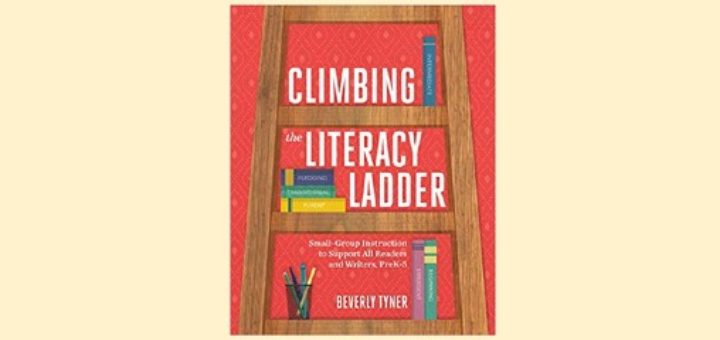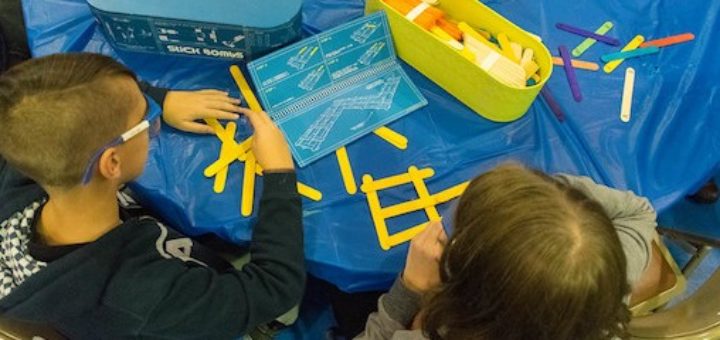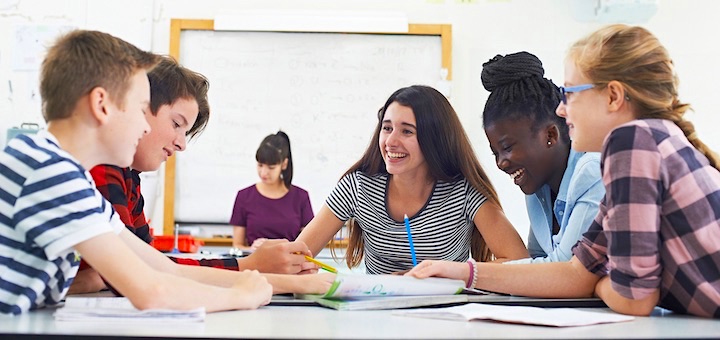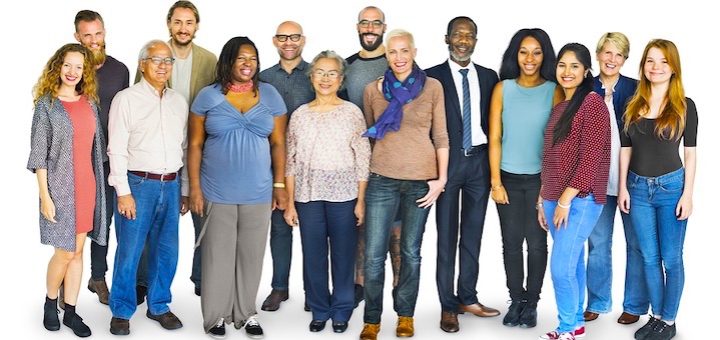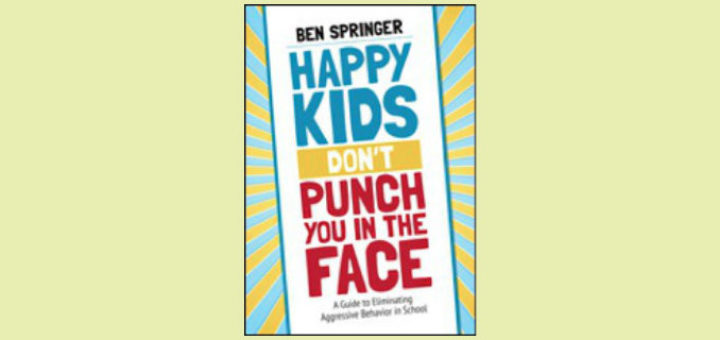Teaching and learning in grades 4-8
We asked Google Analytics to find the 10 most-read posts published at MiddleWeb during 2019. We love the variety and the solid advice. Every contributor has been a successful classroom teacher who loves to collaborate with colleagues. Here they are, in no particular order.
Cultural constructs and limited school resources can impact our ability to discover gifted and talented English learners. Despite these barriers, determined teachers can help close the EL representation gap in gifted programs. Specialist Valentina Gonzalez offers her ideas.
For social studies teachers, incorporating civics and current events is an important part of the job, says teacher and civics blogger Brian Rock. “Your task is, ultimately, to help grow and develop the next generation of citizens.” He suggests four helpful online resources.
Socratic Methods in the Classroom offers a bevy of theories behind the practice and templates and tips for educators to prepare to dive into this method as a way to help students demonstrate their knowledge and consider other points of view, writes teacher educator Laurie Bobley.
In Climbing the Literacy Ladder Beverly Tyner offers a practical book with ready-to-implement ideas for grades PreK-5, including support for upper elementary teachers with early readers. Intermediate literacy coach Pam Hamilton recommends it as a versatile go-to resource.
You’re about to launch your class into a full-fledged STEM project when you realize your students lack a particular skill set. Why not start with one or more mini-lessons? Anne Jolly offers an illustrative example – teaching teams how to develop criteria and constraints.
When we use verbal, imaginative, and conceptual play as touchstones for our planning and teaching in middle school, we help students look forward to learning and school itself, say educators Chris and Katie Cunningham. Their idea-rich post offers many jumping-off points.
Family involvement boosts student success. Yet parents of middle schoolers sometimes face a steep learning curve as they seek to interact with an increased number of teachers. Dr. Curtis Chandler suggests ways to engage and support families, including useful technology.
Every child has assets and the potential to develop even more. By focusing on what’s right with our students through Strengths-Based Teaching, we help them gain authentic self-esteem and a genuine growth mindset. Teacher Cheryl Mizerny shares her own classroom strategies.
In presenting a guide to eliminating aggressive student behavior, Ben Springer finds the perfect balance – sharing practical and compassionate strategies, support for teachers, allowances for imperfection, and opportunities to smile, writes principal and NBCT Rita Platt.



